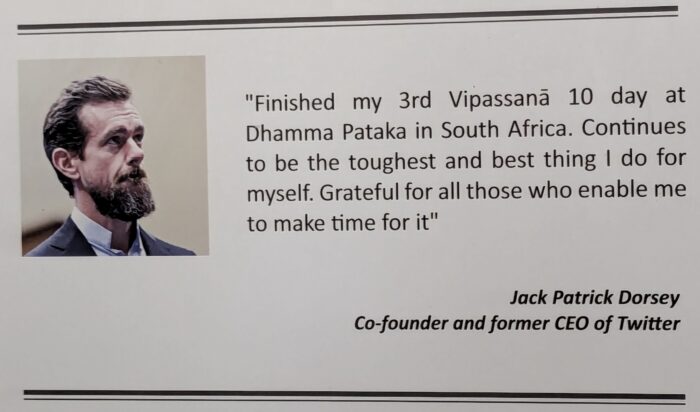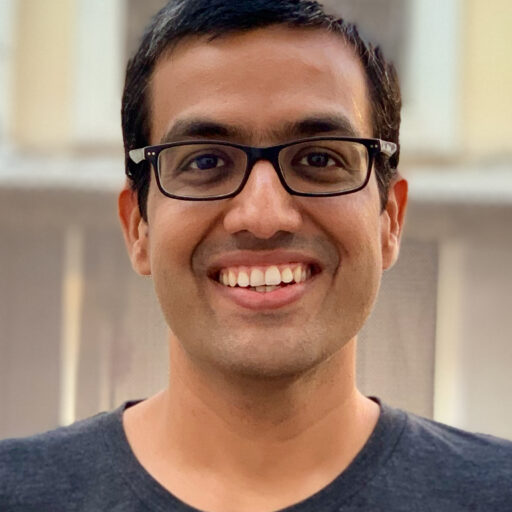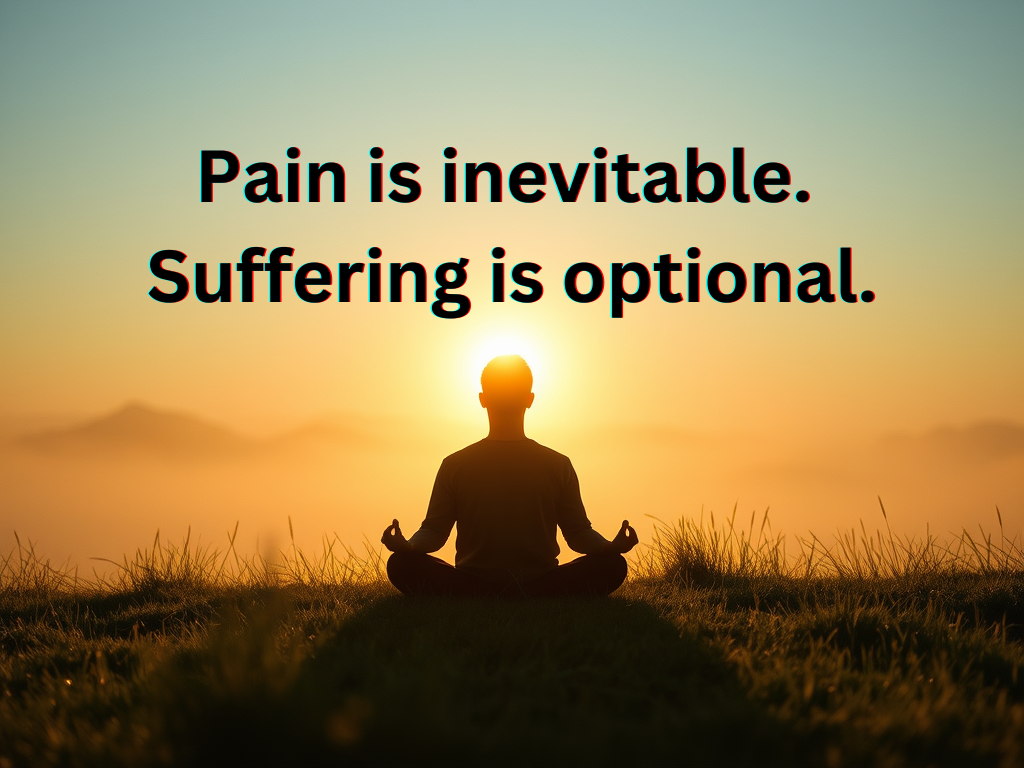On Sunday, I returned from my second 10-days Vipassana meditation retreat. Vipassana is a pay it forward meditation movement, where paying is optional.
Since I posted about it on my X (Twitter), Facebook and Instagram, I did get a few friends calling me and asking about it. I thought I will write a blog post about it (one of my resolution during retreat) answering a few common questions and mainly guiding you about how to apply for one of such retreats.
About Vipassana Meditation
Vipassana is a Pali language word. My first tryst with Pali was in 2000-2001 when I opted for it as a second language in 12th standard. I could not learn it then, but I wish I learned it better, as a lot of things about Vipassana have their origin in Pali. But it won’t affect your experience at all as everything related to the course is available in Hindi, English and many more languages depending on the country.
The meaning of the word Vipassana is “to see things as they really are”. The goal of Vipassana is to see things as they truly are by observing the sensations, thoughts, and emotions without reacting to them. This practice helps cultivate awareness, self-control, and inner peace, leading to personal transformation and a reduction of suffering.
The point to be noted here is that it’s not a magic that will take away your pains. What it will reduce is suffering that comes after painful experiences in life.
Vipassana Variations
The Vipassana meditation we discussed in this post and that I practice is taught by S.N. Goenka in the Tradition of Sayagyi U Ba Khin. Sayagyi U Ba Khin has learned it from their teacher, and this chain has roots directly leading back to Gautam Buddha.
Since Buddha thought it to many people, there are different variations akin to forks! So, depending on where you live, you may have come across a different fork. If it’s working for you, just continue. Just out of curiosity, I do plan to explore some other variations in the later part of my life.
If you just want to take a look at once such variation, take a look at Mahasi Sayadaw Method. But I have not tried it, so can’t vouch for it. Even Osho used to teach meditation inspired by Vipasana.
My Vipassana Experience
I did my first 10-day retreat in 2014 when rtCamp was on the brink of collapse. I went to retreat, leaving my 7-month pregnant wife behind. Not a timing I am proud of, but it highlights how miserable I was at that point.
I came back a lot calmer, focused and managed to turnaround rtCamp’s fortune. Also, it strengthened my personal relationships with my near and dear ones. 🤗
This time it worked differently. I hit the rock bottom with my health at the start of the year. Vestibular migraine, hearing loss, lymphatic damage in my left leg screwed my quality of life to the point that I seriously thought of exiting rtCamp and retiring early. Add to it, midlife crisis as I also turned 40 a few months back.
My doctor friends Dr. Rahul Talele and Dr. Jaypal Ghunawat treated me well for vestibular migraine and managed to reverse my hearing loss up to a major extent. But this meditation retreat opened my left ear completely. Also, somehow on day 6, my left leg, which lost a lot of sensation since an accident 2 years ago, became alive again. So apart from mental refresh, I felt physically much better too.
Of course, the physical change likely to be because of better sleep, near zero caffeine for 10-days, living close to nature, away from the polluted city. The way all Vipassana centers are designed, it’s better to do a 10-day course just to observe how clean living impacts your life.
This time also I came back charged, ready to crush next goals! 🎯💪
What Vipassana is NOT
It’s important to understand what Vipassana is not. It is not a conversion movement. A few people were worried that, in 2014, I was converting to Buddhism as a sectarian religion. As an atheist, I never felt the need for any conversion to explore other sectarian religions.
Yes, Vipassana that I am referring to is taught in the Buddhist tradition as it’s rediscovered by Gautam Buddha some 2500 years ago, but it has nothing to do with Buddhism as a sectarian religion practiced in India or elsewhere.
For my American friends, it is not any kind of cult, so you won’t end up drinking the kool aid. 😬
They don’t impose any of their thoughts or beliefs on you. You are free to practice any rituals you like before or after the course. Only for the duration, of the course, they expect you to stop practicing any other rituals so that you will not be mixing results.
You don’t have to shave your head or wear a certain kind of robe. Not any sacred thread or badges on you. No changes to your attire from their side.
It is not any kind of commercial program. No upsell. No memberships. They don’t collect any unnecessary data on you, and they don’t sell any data about you, for sure. You don’t have to pay for anything at all!
10-day course (retreat)
If you are new, the only way to get acquainted with the system is by attending a 10-day course.
It’s a residential course. They provide super awesome, but vegetarian-only food, accommodation for 10-days and all facilities required to practice during the course. You don’t even need to carry a yoga mat.
The course is offered completely free. At the end of the course, if you feel you have benefited from it, you can make a donation, which is completely optional. No one even bothers you or nudges you to make a donation. And even if you make a large one, they won’t treat you special.
They clearly say that your expenses for the course were born by people who attended before you. If you think you have benefited, you may donate for future students. Do not attempt to pay your bills.
The hardest part of this course if remaining totally disconnected from the world. You cannot keep mobile phone, smartwatch (cellular version), any form of reading material with you. No newspaper. No talking. Not even guesting or exchanging smiles with other attendees.
10-days course outline
The 10-days course is broken into 3 meditations internally.
The first three and half days course focuses on Anapana. Anapana is a meditation technique that involves observing the natural rhythm of breathing. It’s the first step in Vipassana meditation and is considered a scientific and objective technique that can help with concentration and understanding oneself. Anapana is non-sectarian and doesn’t involve any rituals or rites.
After Anapana, actual Vipassana is thought. In Vipassana meditation technique, we focus on observing sensations across the body with mindfulness and equanimity. By calmly observing these sensations without attachment or aversion, practitioners gain insight into the impermanent nature of experiences, fostering mental clarity and inner peace. This universal, non-sectarian approach encourages self-understanding and helps in overcoming deep-rooted mental patterns.
At the end of the 10-days course, we practice Metta (loving-kindness) meditation. Metta is a practice of generating compassion and goodwill toward oneself and others. Meditators silently repeat phrases of kindness, like “May I be happy, may I be peaceful,” gradually extending these wishes to others, including loved ones and even difficult people. This practice fosters empathy, dissolves negative emotions, and promotes a compassionate mindset, helping build inner peace and harmony in relationships.
During the course, every evening they play a video recording of S. N. Goenka’s discourse, the person responsible for spreading Vipassana globally. In the discourse, Goenkaji explains the rationale behind the techniques that we have practiced that day.
Extra at Mumbai Dhamma Pattana center
Only at Mumbai’s Dhamma Pattana center, on the last day they take you to Global Pagoda for meditation in it. Global Pagoda is a unique piece of engineering, so worth a visit.



In Mumbai center, they also give you the opportunity to see a visitor gallery and art gallery. It is where I found that X (Twitter) founder Jack Dorsey has been Vipassana practitioner. In fact, he had done three 10-days courses by the time of his testimonial.

After 10-days Course
The only drawback I see is that after 10-days,whatever benefits you get, you need to consistently practice meditation technique to reap benefits. If you stop practicing, you will be slowly get back to your miserable self.
I stopped practicing at home after 2014 and over the time I lost all my super-powers I acquired during my first 10-day retreat!
I am fortunate that I live in a city where many Vipassana meditation groups are active for old students, so we can practice day long on Sundays. For better results, there has to be daily practice of two hours, one in the morning and one in the evening.
How to apply for a course
There are Vipassana centers all over the world. You can use their mobile app or website course search feature. Please only search for courses “For New Students” if this is your first time.
Very few centers have dedicated rooms. Unfortunately, there is no easy filter. You can narrow down to centers around you, then check a photo gallery of centers. Optionally emailing them. I recommend private rooms to stay focused because if you end up in a dorm where other people are not observing in silence, it can adversely affect your practice.
I tried Dhamma Tapovana, Igatpuri in 2014 and Dhamma Pattana, Mumbai last week in 2024. Both centers are very well-maintained and offer private accommodation for each attendee.
r/vipassana has a thread going on where you will find centers with private accommodations. Most replies are reviews of US-based centers. Good thread for my American friends! 🇺🇸
If you need any assistance from me for your application, do not hesitate to reach out to me. Happy to answer any questions or concerns you may have.
Gallery
Below are some more pictures I clicked after the course was over.





Links: Vipassana Website | Mobile App
(credit: featured image is generated using Jetpack AI)


Leave a Reply